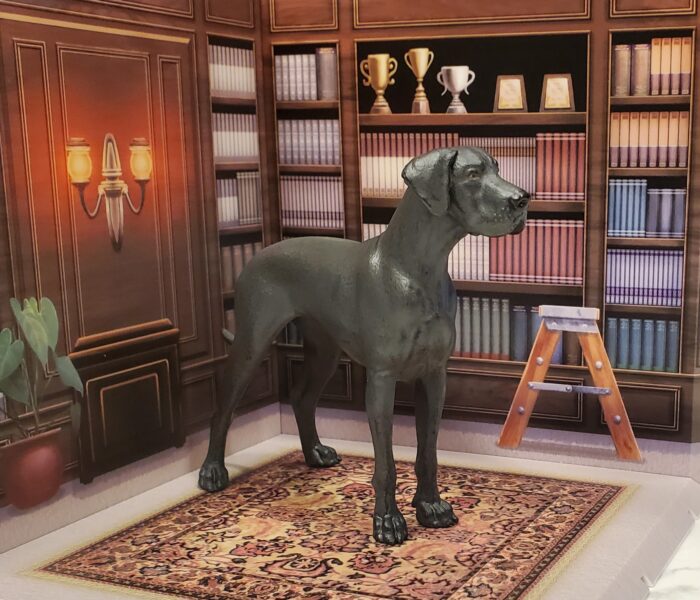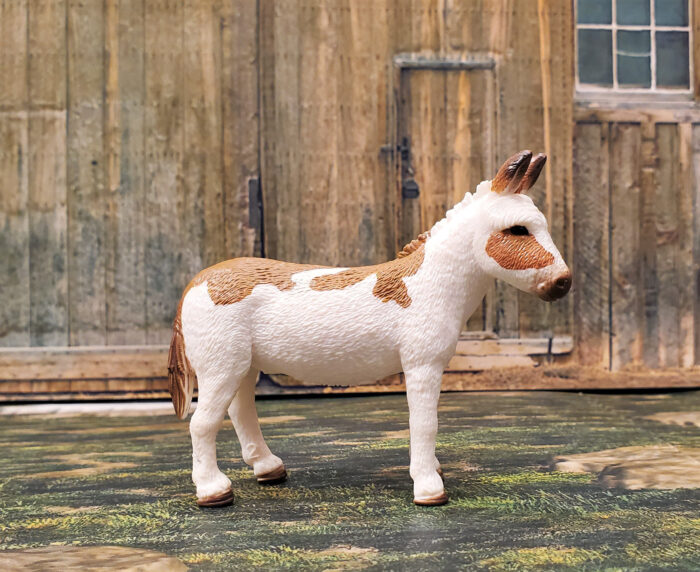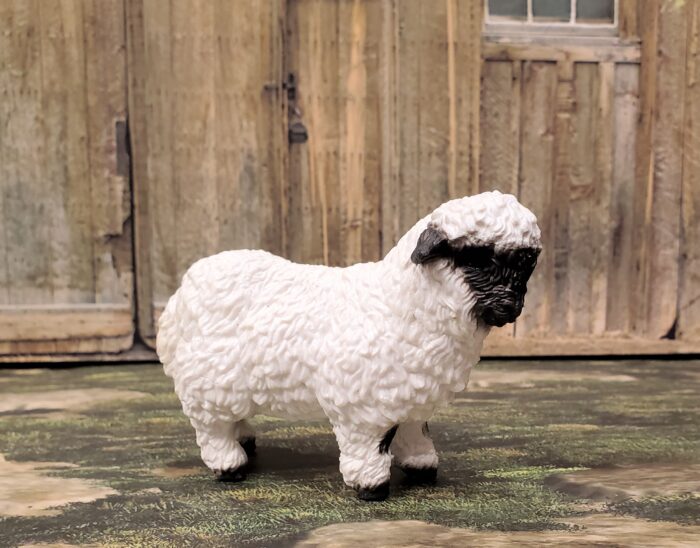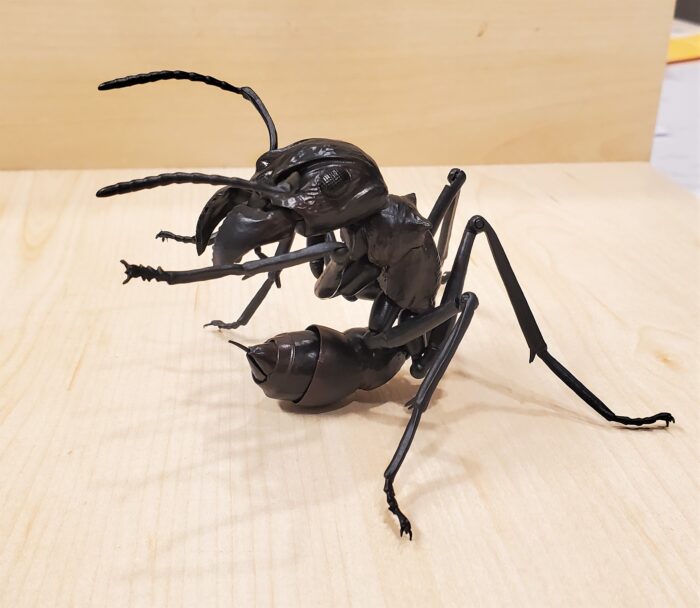Before I start my review I would again like to thank our friends at Happy Hen Toys who donated this review sample for the Blog! It’s a figure I have been contemplating getting for a while, ever since I started added some dog breeds to my collection, so it was a joy to have the opportunity to get it from HHT!
Author: bmathison1972
 I am Blaine, known by bmathison1972 on the forums and blogs. I am a professional parasitologist specializing in agents of human disease, including medically-important arthropods. I am also an amateur entomologist and study Nearctic click beetles (family Elateridae). Historically, much of my collection was devoted to insects and other arthropods, but in late 2018 I started building a Synoptic Collection of other species, to have one good exemplar of any animal species (my personal ‘Natural History Museum’). Other hobbies include hiking, bird-watching, running, and lifting weights, but my other ‘big’ hobby is visiting sports arenas, especially baseball stadiums. Whenever I travel for work (which I do with some frequency), I always check to see if there is a local college, independent, minor, or major league team to see.
I am Blaine, known by bmathison1972 on the forums and blogs. I am a professional parasitologist specializing in agents of human disease, including medically-important arthropods. I am also an amateur entomologist and study Nearctic click beetles (family Elateridae). Historically, much of my collection was devoted to insects and other arthropods, but in late 2018 I started building a Synoptic Collection of other species, to have one good exemplar of any animal species (my personal ‘Natural History Museum’). Other hobbies include hiking, bird-watching, running, and lifting weights, but my other ‘big’ hobby is visiting sports arenas, especially baseball stadiums. Whenever I travel for work (which I do with some frequency), I always check to see if there is a local college, independent, minor, or major league team to see.All reviews by this author
Rose Chafer (Garden Animals by Papo)
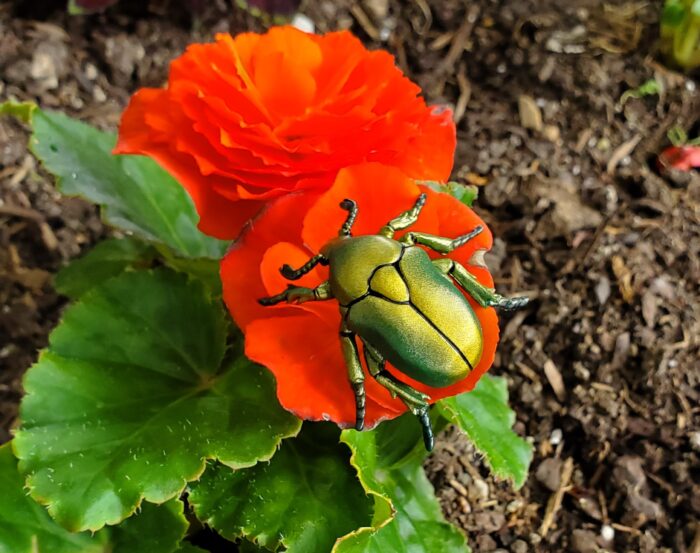
Before I begin this review, I would again like to thank our friends at Happy Hen Toys who generously donated this review sample for the Blog!
Today I will be reviewing the European rose chafer by Papo, new for this year. When promo pics of this figure were first released, it looked to me like Protaetia cuprea, commonly known as the copper chafer.
Ladybugs (Diversity of Life on Earth by Bandai)

As if wasps, caterpillars, beetles, scorpions, ants, peacock spiders, mantids, and crabs weren’t enough, Bandai recently (early 2023) added a set of ladybugs (lady beetles) to add to their growing collection of arthropods in the Diversity of Life on Earth (DoLoE) line. And the set is part of their ‘Advanced’ line, which means better and more refined sculpts, better paint, and yes, of course, they are more expensive.
Rabbit, 2017 (Farm World by Schleich)
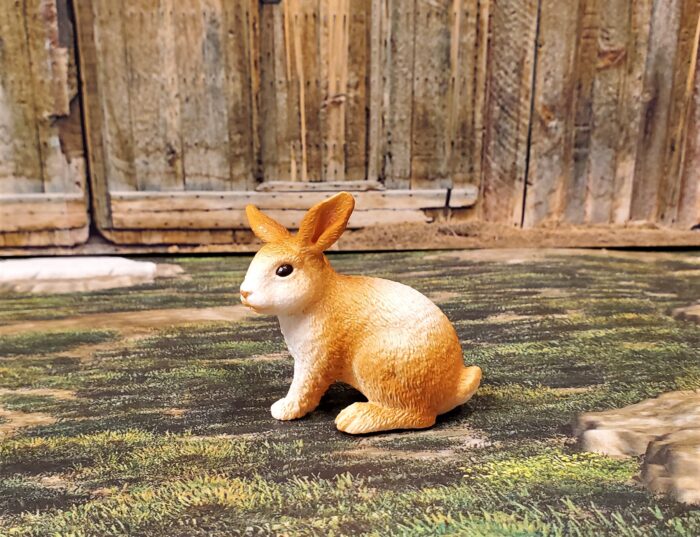
Hoppy Easter, everybody!
No animal better symbolizes Easter than the domestic rabbit (Oryctolagus cuniculus domesticus) which was domesticated from the European rabbit (O. cuniculus) at least as early as 1 B.C. The origin of the rabbit in Easter mythology is not completely understood, but it is believed to have started with Germanic Lutherans as a Santa Claus-like figure who judged children as good or disobedient during Eastertide, and rewarded the good ones with colored eggs and candy.
American Spotted Donkey (Farm World by Schleich)
Honeypot Ant (Little Wonders by CollectA)

The term ‘honeypot’ ant is a common name given to multiple genera of ants that are best known for the replete, or plerergate, members of their caste system. Repletes are sterile works that serve as food reserves for when other food sources are scarce. The repletes hang from the ‘ceiling’ in special chambers of the nest and are gorged with food to the point their abdomens become greatly distended with honey.
Valais Blacknose Sheep (Farm World by Schleich)
Abyssinian Cat (Farm World by Schleich)

Before we begin, I would again like to extend my thanks to Happy Hen Toys for donating this review sample for the Blog! Happy Hen Toys is a major distributor of animal figures and toys in the USA, and they sell products by Schleich, Papo, CollectA, PNSO, Safari Ltd., Mojö Fun, Breyer, Rebor, Eofauna, and Playmobil!
Bichon Frisé (Farm World by Schleich)

Before I start this review, I would like to extend my thanks to the folks at Happy Hen Toys, who graciously donated this review sample for the Blog! When Schleich first announced their 2023 line-up, I didn’t initially have any desire to get this figure. However, after a walkaround of it was posted on the STS Forum, I decided I might add it to my collection after all.
Dog Heartworm (GPI Anatomicals)

Happy Valentine’s Day everybody!
All major holidays have various symbols associated with them, such as a Christmas tree for Christmas, a turkey or cornucopia for Thanksgiving, a four-leaf clover for St. Patrick’s Day, or a jack-o-lantern for Halloween. There is no doubt that the heart has become the most popular symbol associated with Valentine’s Day, and what better way to celebrate such as association on the Animal Toy Blog with an animal that lives in the heart (or at the very least, the pulmonary vessels) of its host!
Lobster Moth, caterpillar (Diversity of Life on Earth – Caterpillars Vol. 2 by Bandai)
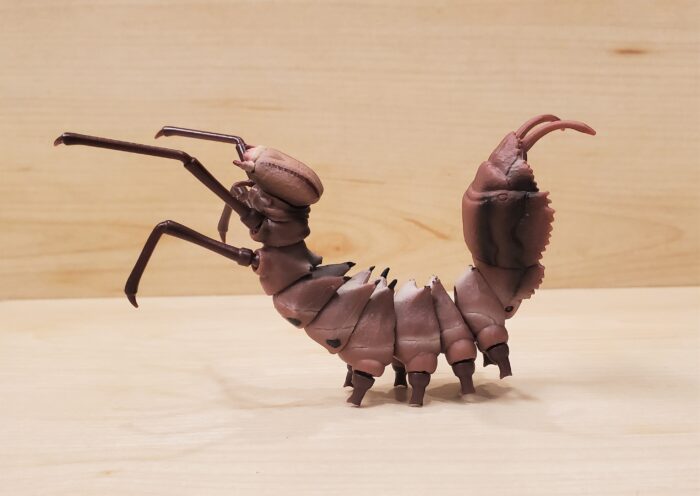
For the most part, adult moths in the family Notodontidae (commonly referred to as the ‘prominents’) are relatively drab moths, at least in the Northern Hemisphere. There are exceptions, of course, but in general they are fairly non-descript (to the casual observer) brown and grey moths typical of those seen at a porch light on a warm, humid summer’s eve.

